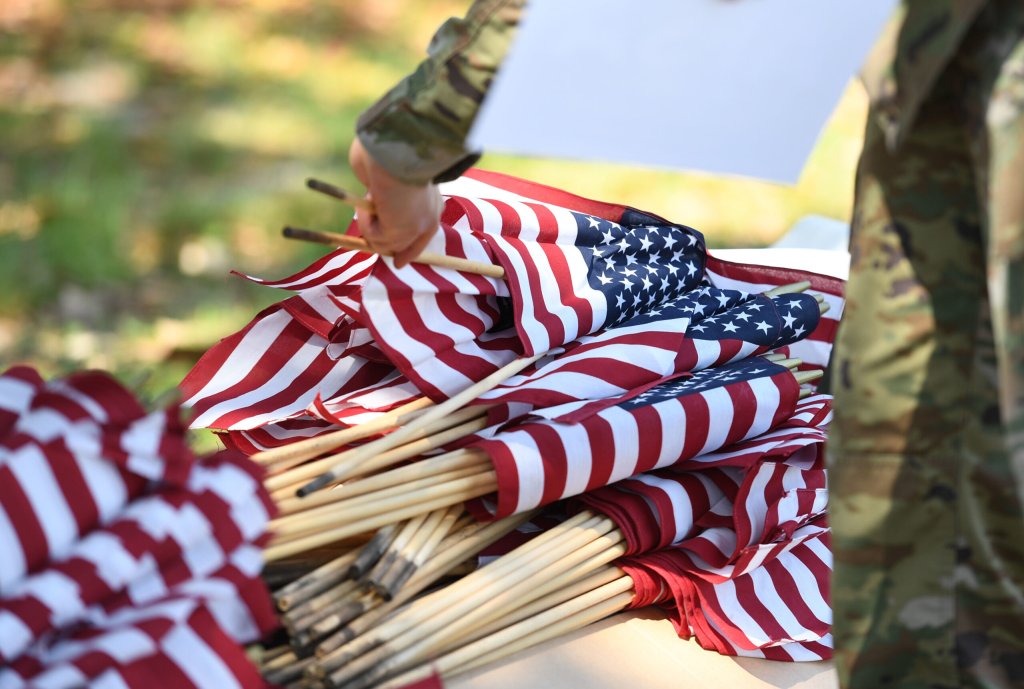

June 14th is Flag Day in the United States! Here’s everything you need to know about this patriotic holiday, from its history to proper display etiquette.
How did the holiday get its start?
Flag Day is celebrated every year on June 14th. The first official Flag Day was observed on June 14, 1877, to mark the 100th anniversary of the adoption of the Stars and Stripes. Flag Week is the week leading to Flag Day (June 14th). It’s a time when Americans reflect on the history and meaning of America.
History of the colors
The first American flag was adopted on June 14th, 1777, by a resolution of the Continental Congress. The stars and stripes represented unity among the thirteen colonies that had fought for independence from Great Britain during the Revolutionary War. The number of stars and stripes has increased as new states joined our Union. There are 50 stars representing our 50 states and 13 stripes representing our original colonies.
Flag Day is an essential holiday in America—it’s a day to celebrate our history and honor our country’s symbol of freedom and unity.
Flag Week
It all started back in 1916 when President Woodrow Wilson issued a presidential proclamation establishing the holiday. Since then, Flag Week has been observed annually from June 14-20. The date was chosen to commemorate the day in 1777 when the Second Continental Congress adopted our country’s banner.
During this week, Americans are encouraged to fly the Stars and Stripes at their homes and businesses. If you happen to be in Washington, D.C., you can check out the official ceremony that takes place on the South Lawn of the White House. Every year, a different organization is invited to help raise and lower the flag.
Flag Week is a time for Americans to come together and celebrate all that our country represents. From flying the flag to attending ceremonies and parades, there are many ways to participate. This year, take some time to learn more about our country’s history and what it means to be an American citizen.

Who created the flag?
Old Glory. The Star-Spangled Banner. The Stars and Stripes. No matter what you call it, the American flag is a symbol of freedom and patriotism that is instantly recognizable worldwide. But who designed this iconic banner, and how has it changed over the years?
The truth is, we’re still determining who created the first flag. Records indicate it probably wasn’t Betsy Ross, no matter what you might’ve learned in elementary school. In fact, most historians agree Continental Congress member Francis Hopkinson designed the first American flag which was adopted on June 14th, 1777. Hopkinson’s design featured 13 red and white stripes (representing the 13 colonies) and 13 stars arranged in a six-pointed “starburst” pattern (representing the new constellation of states).
In May 1795, two more states — Vermont and Kentucky — were admitted to the Union, prompting the need for a revised flag design. Pennsylvania state Congressman Robert Morris proposed adding two stripes (one for each new state) and two new stars in the canton (the upper left corner). This 15-star, 15-stripe flag — sometimes referred to as the “Star-Spangled Banner” — would be used for the next 24 years.
By 1818, there were 20 states in the Union. So, instead of adding new stripes, lawmakers decided to revert to 13 stripes. From then on, a new star would be added to the canton on July 4th of each year following the new state’s admission. This arrangement resulted in the 27-star flag that flew during the administration of President William Henry Harrison.
The current 50-star flag has been in use since Hawaii was admitted to the Union in 1959.
Display etiquette
Here are some tips for displaying the American flag. We fly the colors from sunrise to sunset. If the flag can be illuminated at night, it can remain flying. The flag should be displayed during peacetime with the union (blue field) at the top. However, the union needs to be at the bottom during war. When flown on a motor vehicle, attach the colors to a staff mounted on the chassis or clamped to the right fender. Affix the flag to a staff at the stern of a boat.
Fly the colors at half-staff (or full-staff when appropriate) to honor those who have died serving our country. We never allow the colors to touch the ground or become tattered or damaged. When a flag is no longer suitable for display, it should be disposed of properly.
The American flag is an enduring symbol of our country’s history and values. Designed by Continental Congress member Francis Hopkinson in 1777, it has undergone several changes as our nation has grown. Today, Old Glory flies proudly across our land, representing a bright future for America and its citizens. Want to find out more about the flag? Here are 16 things you probably don’t know about it.
